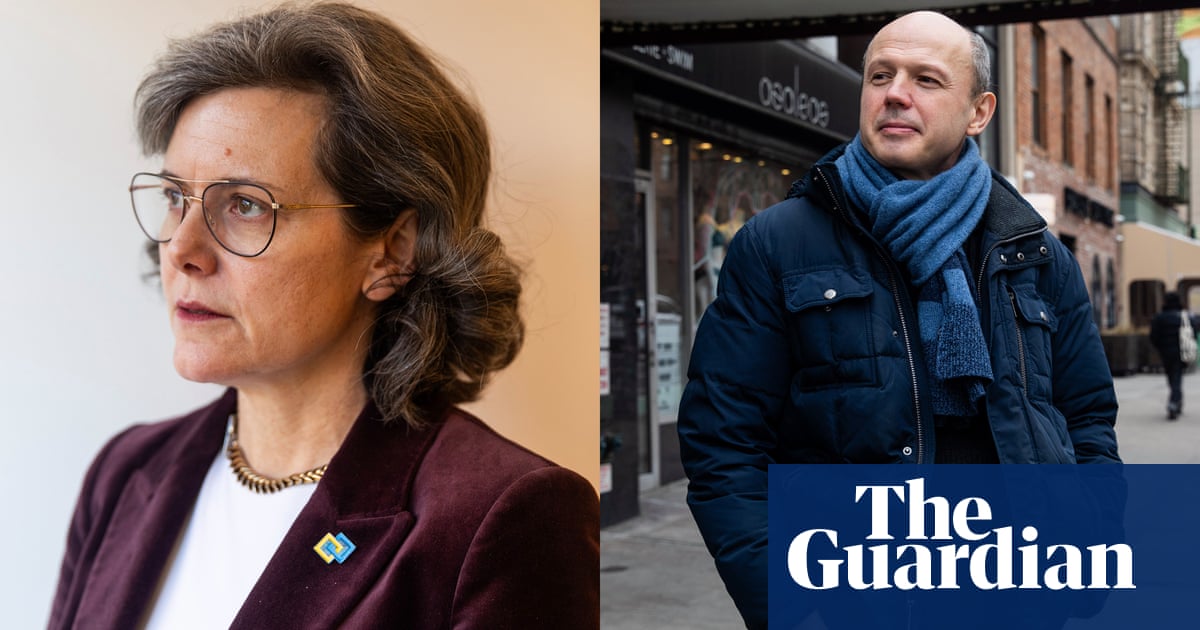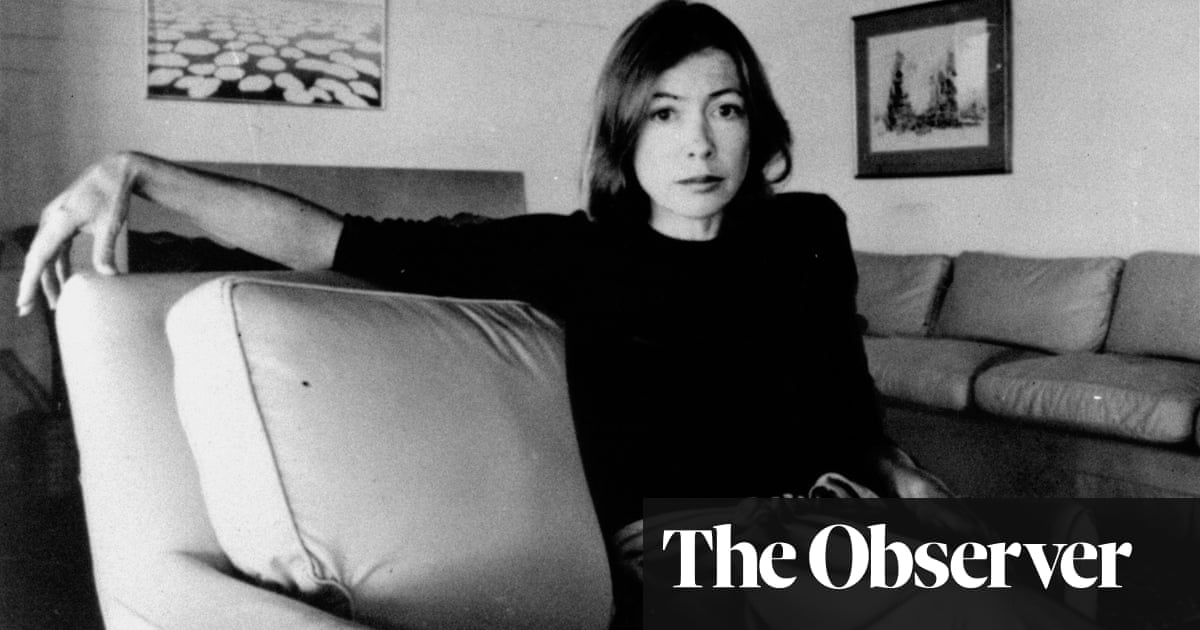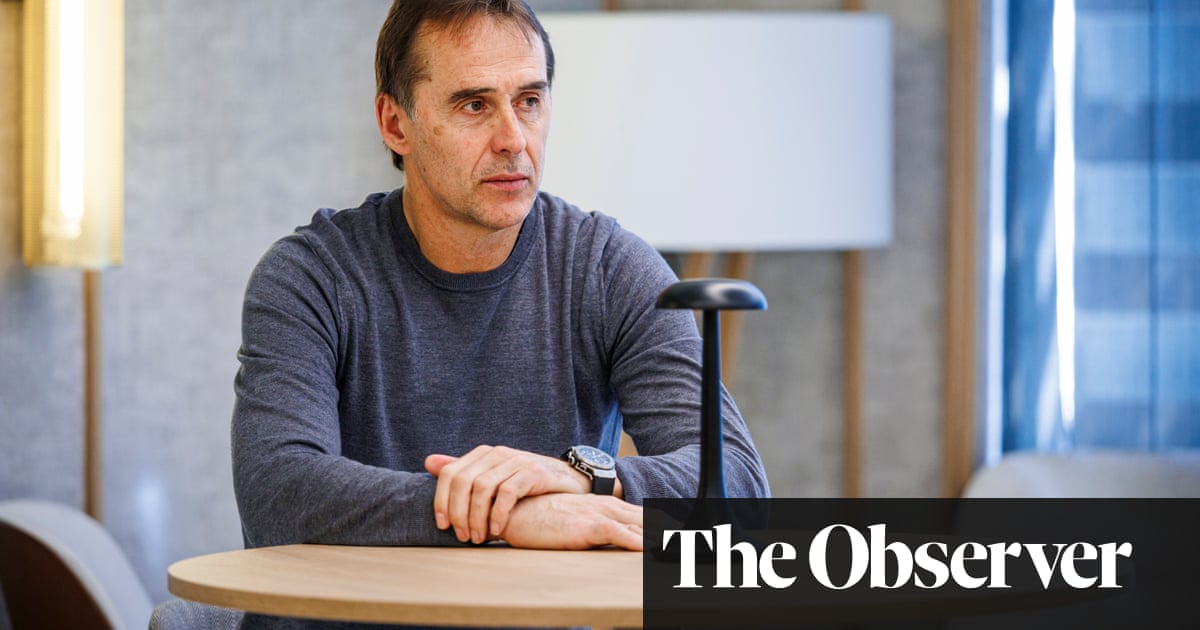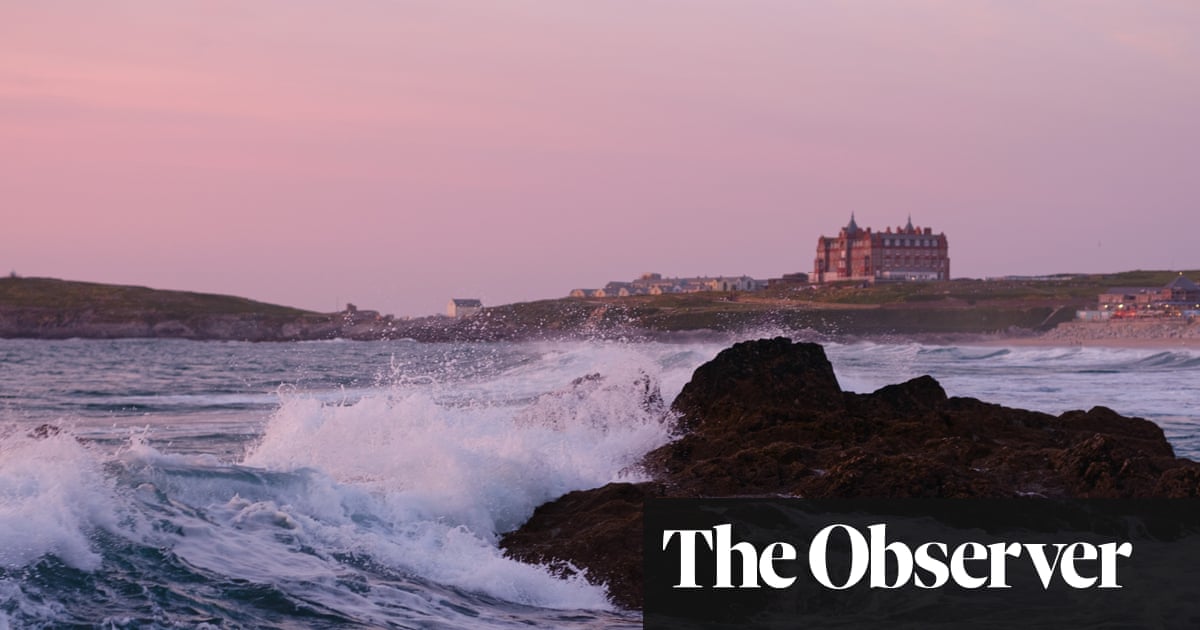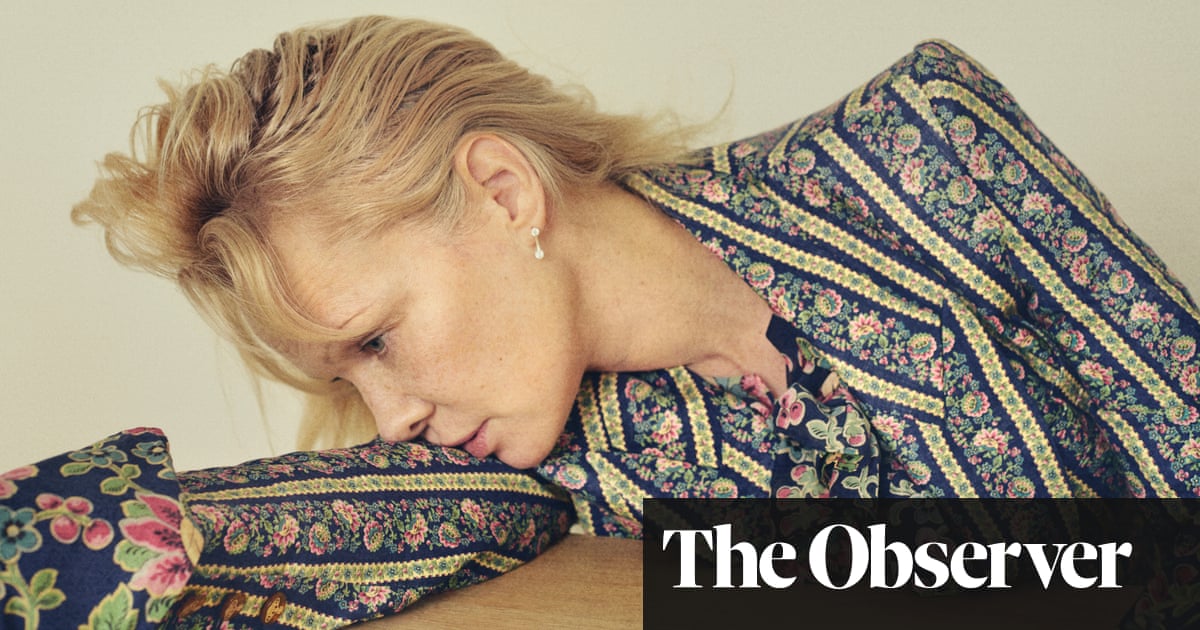In the early noughties, Gabriele Salvatori was still enduring a long commute between Tuscany, where Salvatori, the family business was launched, and Milan where the opportunities for growth lay. He was looking for a pied-à-terre and also a showroom for the company, which specialises in stone for interiors. When he saw the first-floor space he was initially hesitant because of the cramped entryway. “I called Piero Lissoni for advice and he said, ‘Are you mad? Take it, you can make it beautiful.’”
When such a renowned architect advises you to rent in a building with potential, you do it. So Gabriele took the plunge and also rented the apartment above it. This looked out on to a busy square making it noisy at times. It was also dark because it was north-facing. The location in Milan’s historic centre, however, was optimal, and in time Gabriele would move up another floor into what is now his home.

This new apartment is south-facing and has views of the 15th-century Sforza Castle. It was, however, in his words, “Ugly. You could see the potential, because there was tremendous light coming, but the previous owners had two children and had added partition walls everywhere for five bedrooms, it was a labyrinth.” Also, the ceilings were low, but Gabriele knew the building and after further investigation discovered that there was a few feet of space hidden behind a false ceiling. “We uncovered these lovely wooden beams and removed all the partition walls,” he says.
“Aside from the natural light in the apartment, I also fell in love with the original floors which are from the 1800s,” Gabriele says. The natural stone floors follow a wave-like pattern similar to those on the pavements in Copacabana or Ipanema beach. “The colours of these mosaics were so modern – and I love the landscape artist Roberto Burle Marx who designed the Copacabana promenade they resemble.”
Gabriele’s floors are slightly concave because the building is old and when you walk on them there’s some movement. “I called an engineer to ask whether I was going to die here,” he laughs. “The engineer explained that the building is rather elastic, but that I should not have more than six people standing in one square metre of space at any one time.”
Gabriele did have a near-miss when he discovered an old fireplace. “I was so excited and said let’s use it, we nearly set everything alight as smoke entered the house – we hadn’t checked the chimney and the smoke wasn’t going out,” he says.

While Gabriele wanted to preserve as much as he could, most of the beauty lay in the structure, high ceilings and bones of the building. He engaged interior designer Elisa Ossino to help him.
Knowing that Gabriele loved jazz, Elisa contacted her friend, former jazz singer Josephine Akvama Hoffmeyer, whose company, File Under Pop, specialises in surface design, including bespoke paint colours and she created paint colours named after famous jazz tunes. “In my bedroom, the colour is Blue in Green – named after a piece written by Miles Davis,” he explains. “Every room has a different colour and we’ve painted the wall a different colour to the ceiling.”
The bathroom was rather unappealing with cheap porcelain tiles that didn’t complement the home. “But now it features tiles in very dark brown hues, which for me are masculine and elegant. Plus, I’d have become bored with all the beige.”
after newsletter promotion

The bespoke units in the kitchen were inspired by Kandinsky and built using marble fronts for the cabinets. Elisa and Gabriele’s playful use of marble has also been revisited in the artwork on the walls, also made out of natural stone. “There’s one in the living room with the triangle made with marble inlays, the pink material is a Portuguese marble, the yellow is a travertine from Iran and the red is a French marble that comes from the Pyrenees mountains,” says Gabriele. There’s a table in the dining room by Piero Lissoni] from their collaboration on the Lost Stones Collection which was inspired by chef Massimo Botturawho created the Ford for Soul movement [https://www.theguardian.com/lifeandstyle/2017/may/21/massimo-bottura-feed-the-hungry-food-for-soul] a network of canteens to feed homeless people and refugees using food that supermarkets had rejected as too ugly. “The first canteen opened in Milan,” Gabriele says. “I also had lots of stones that had minor fractures and had been sitting in our slab yard for decades. I wanted to fix these broken slabs using the Japanese kintsugi technique, highlighting where the breakage was.” Gabriele and Piero produced tables using these stones for use in the Food for the Soul canteens.
He has entertained many guests at his stone table. “When I throw parties, at the beginning of the evening, I generally remind everybody about the floors and say: let’s stay near the walls,” he laughs. “But then after a few drinks, we all forget and we risk our lives every time we do that.” Gabriele continues, “I’ve moved from a place that was all white and peaceful into a home that’s colourful and cheerful. It’s beautiful.”

 2 months ago
48
2 months ago
48




